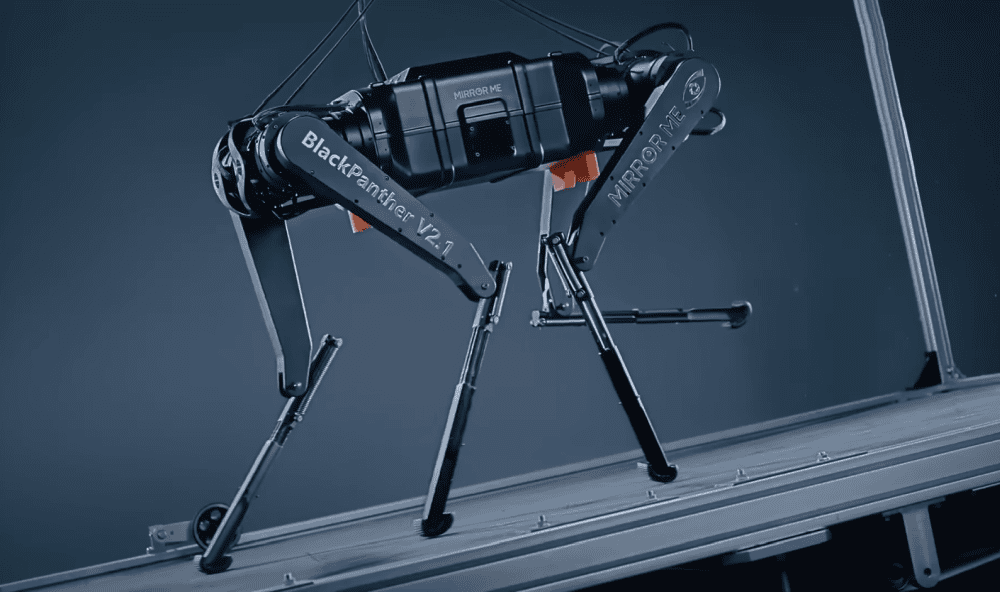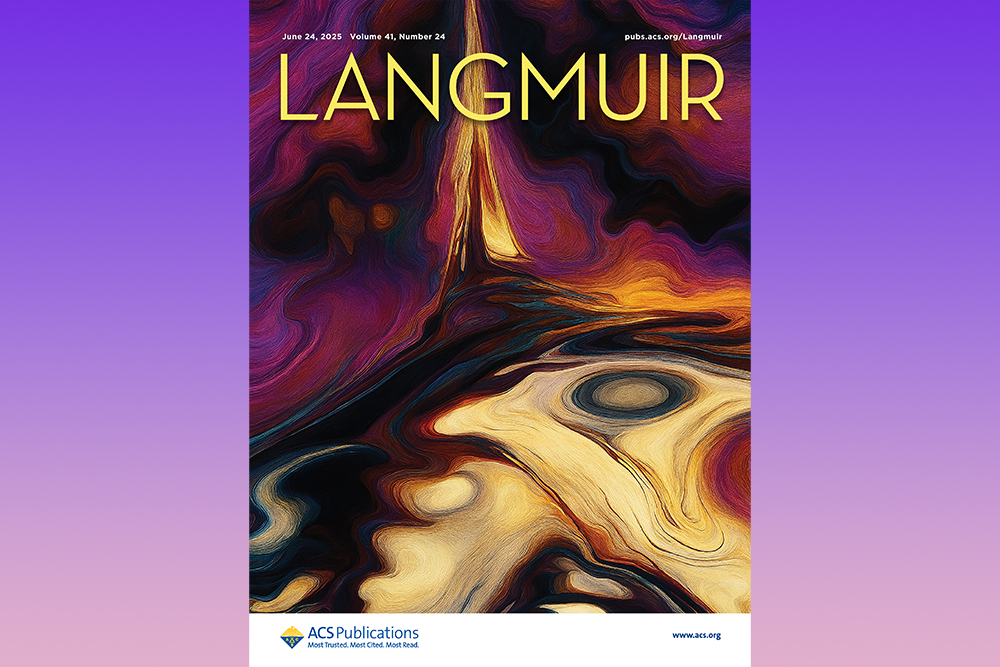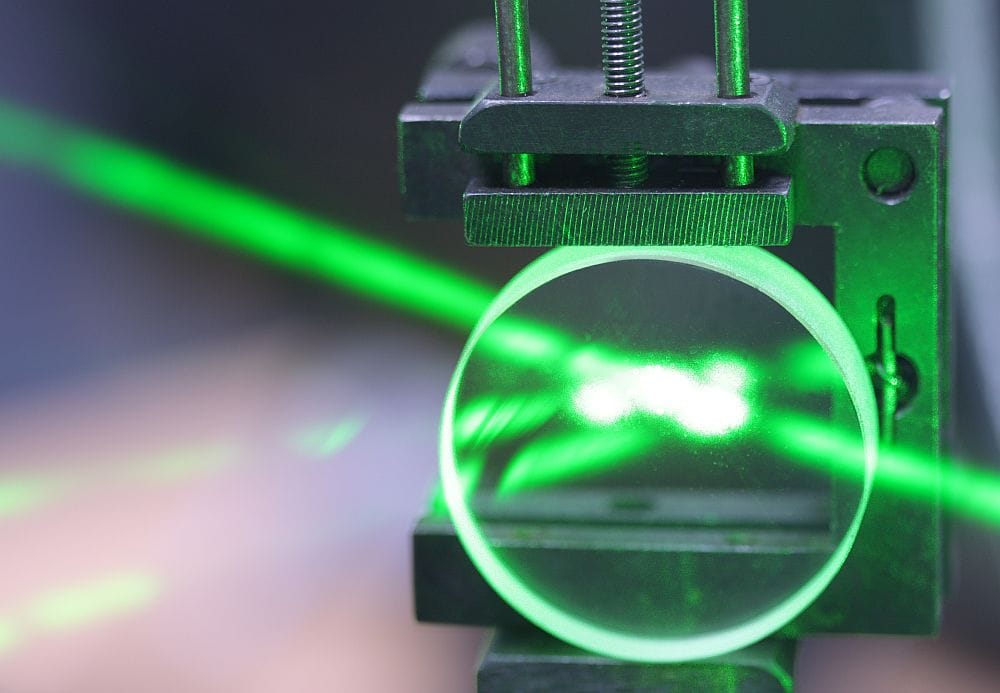
[Image above] Black Panther 2.0 relies on carbon-fiber shins, spring-based joints, and cheetah-inspired “running shoes” to run 100 meters in under 10 seconds. Credit: Sentivium, YouTube
Time is a precious resource, and in today’s fast-paced world, finding ways to preserve it is a desirable commodity. Everyone from athletes to materials scientists continually search for ways to do things faster, be that crossing the finish line or developing new products.
But as you go faster, it becomes exponentially harder to gain more speed due to physical processes, such as air friction and electrical resistance, working against increased performance. Overcoming these processes requires advanced feats of engineering.
The realm of robotics offers some impressive examples of speed-based engineering. Various industrial and academic groups around the world have set and then surpassed speed records for quadruped and biped robots in recent years.
In January 2025, the latest contender for the speed crown stepped onto the track: Black Panther 2.0. This quadruped robot, weighing almost 84 pounds (38 kilograms) and standing 2.07 feet tall (0.63 meters), can run 100 meters in under 10 seconds—which is considered a mark of exceptional sprinters.
Black Panther 2.0 is a joint project by researchers at the robotics startup Mirror Me and the Center for Interdisciplinary Mechanics at Zhejiang University in China. Its movements are inspired by panthers and jerboas (hopping desert rodents), and its design includes carbon-fiber shins, spring-based joints, and cheetah-inspired “running shoes.” Additionally, it uses artificial intelligence to adapt its pendulum-like gait to various terrains.
Though these advancements do not bring Black Panther 2.0 on par with top land animals such as cheetahs and ostriches, its top speed of 10.4 meters per second (23.3 mph) puts it just short of the world-record pace of 10.44 m/s that Usain Bolt achieved at the 2009 World Championships in Athletics.
According to Xinhua News Agency, the researchers plan to further explore the movements of other animals to improve the design of Black Panther 2.0 in the future.
View Black Panther 2.0 in action in the video below.

Credit: Sentivium, YouTube
Author
Lisa McDonald
CTT Categories
- Material Innovations


